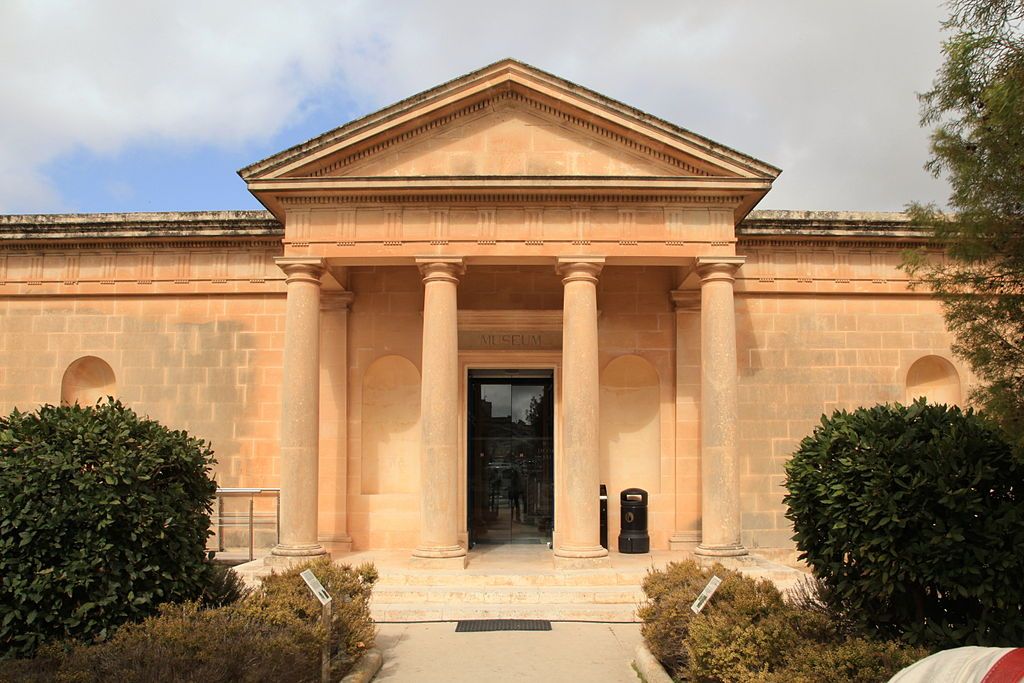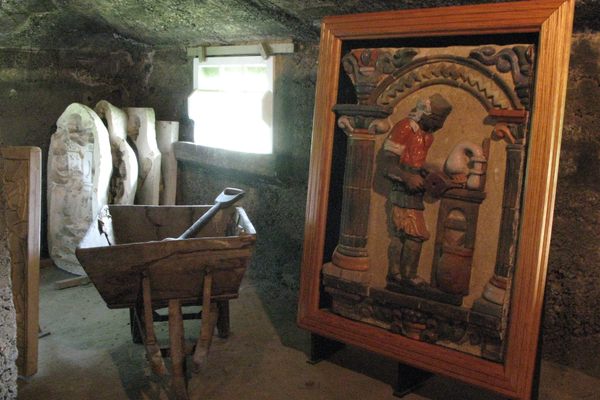About
On the border between Mdina and Rabat in Malta there is a small museum built around the ancient ruins of an aristocratic town house, or domus, from the Roman era. The ruins were accidentally discovered by landscapers in 1881, and while little remains of the house itself, the beautiful floor mosaics have survived the centuries remarkably intact, one of the best examples of Hellenistic style mosaics found today.
Archaeologists determined the Roman villa was built in the 1st century BC, inspired by ancient Greek architecture, and was lived in up until the 2nd century AD. The domus had a colonnaded peristyle featuring intricate Hellenistic style mosaics that are the highlight of the site today, some depicting mythological scenes and others simply decorative.
The fine painting and architectural elements would place the mosaic art somewhere between the 1st and 2nd Pompeian styles. But unlike its counterpart in Pompeii and Sicily, the mosaics at Domvs Romana have survived largely intact.
At the purpose-built, on-site museum, domestic artifacts and antiquities are on display giving a glimpse of daily life of a wealthy Roman family. There are also a number of well-preserved 1st century statues of the imperial Roman family.
However, the site is not confined to the Roman people alone. In the 11th century, while Malta was part of the Fatimid Caliphate, a Muslim cemetery was established on the remains of the domus. At least 245 burials were discovered during the excavations, which also unearthed a number of limestone and marble tombstones with Naskh or Kufic inscriptions.
Related Tags
Know Before You Go
Not all of the Roman ruins can be accessed, but can be viewed from the museum's patio. Museum Hours: Tuesday to Sunday: 09.00 - 17.00hrs Last admission at 16.30hrs Closed on 24, 25 & 31 December, 1 January & Good Friday
Currently closed on Mondays whilst archaeological work continues on the grounds.
Published
October 4, 2017




































